For those of us who grew up in the golden age of 16-bit gaming, owning a SEGA Genesis, or Mega Drive as it was known in some regions, was a rite of passage. And if you were a Mega Drive owner, you were undoubtedly familiar with the Streets of Rage series. SEGA’s answer to Nintendo’s Final Fight, Streets of Rage quickly carved its own path with gritty urban environments, memorable characters, and a killer soundtrack. While Final Fight eventually made its way to SEGA CD, Streets of Rage remained a defining franchise for the Mega Drive.
Decades have passed since the series first graced our consoles. The question now is, can Streets of Rage 2 still evoke the same feelings of nostalgia and excitement? Or has time been less kind to this 16-bit brawler? Is it a classic that holds up, or just a relic of our childhood? Let’s dive back into the Streets of Rage 2 on Mega Drive and find out.
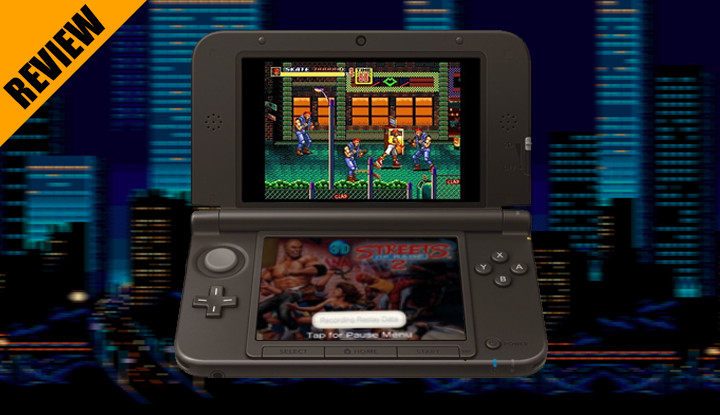 3DStreetsOfRageReview
3DStreetsOfRageReview
Story and Setting the Stage
One of the charming aspects of retro games, especially from the 16-bit era, is their narrative simplicity. In an age of sprawling cinematic epics, Streets of Rage 2 reminds us that sometimes, a few lines of text are all you need to ignite the imagination. Set one year after the original Streets of Rage, Streets of Rage 2 sees our heroes Axel Stone and Blaze Fielding enjoying a period of peace after dismantling the criminal Syndicate. However, their respite is short-lived. On the anniversary of their victory, Axel receives a distress call from Skate, Adam Hunter’s younger brother. Adam has been kidnapped, and the city is once again being overrun by gangs.
The stage is set for Axel, Blaze, and newcomers Skate and the powerhouse wrestler Max Thunder to confront Mr. X and his Syndicate once more. The plot is straight out of an 80s action movie, and Streets of Rage 2 wears this influence proudly. This embrace of 80s aesthetics is a key part of its charm, giving the game a distinct visual style and atmosphere that still resonates today.
 StreetsofRage2title
StreetsofRage2title
Gameplay: Deep Dive into Beat ‘Em Up Action
Let’s get straight to the heart of the matter: gameplay. Streets of Rage 2 on Mega Drive stands out for its commitment to character individuality and a rewarding, albeit not overly complex, combat system. Unlike many beat ’em ups where characters feel like palette swaps, each fighter in Streets of Rage 2 boasts a unique move set, combo timings, and special attacks. You’ll need to spend time with each character – Axel, Blaze, Skate, and Max – to truly master their strengths and weaknesses.
The fighting mechanics, while not as intricate as modern fighting games, offer surprising depth. Simple inputs like “forward, forward + attack” unleash different mini-moves depending on your chosen character. The variety of grabs and throws, combined with environmental awareness, creates a surprisingly engaging meta. Learning how to effectively use each character’s arsenal and exploit enemy weaknesses is crucial for mastering Streets of Rage 2.
However, revisiting Streets of Rage 2 in the modern age does reveal one minor drawback: the pacing. The initial stage, while visually appealing, can feel slow, particularly with extended walking sections waiting for enemies to appear. This sluggishness dissipates as the game progresses and the action intensifies. While Skate is the only character with a dedicated run button (a feature expanded to all characters in Streets of Rage 3), this limitation is a minor blemish on an otherwise exceptionally polished experience.
Each stage, or “round,” in Streets of Rage 2 offers a distinct visual flavor, keeping the gameplay experience fresh and engaging. The sprite work is a significant leap from the first Streets of Rage, showcasing the graphical capabilities of the Mega Drive with larger, more detailed characters and environments. As one of SEGA’s early 16-megabit cartridges, Streets of Rage 2 truly pushed the hardware to its limits, resulting in a visually stunning game for its time.
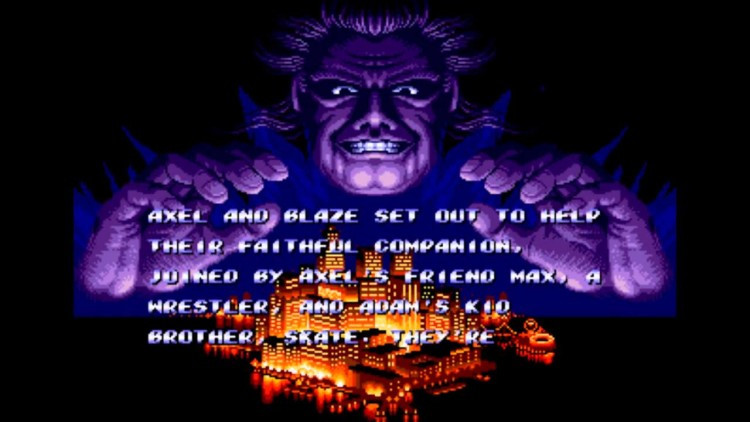 MrXStoryStreetsofRage
MrXStoryStreetsofRage
The Legendary Soundtrack by Yuzo Koshiro
Ask any SEGA enthusiast what they cherish most about the Streets of Rage series, and the answer will likely be Yuzo Koshiro’s phenomenal soundtrack. Koshiro’s work on Streets of Rage 2 is nothing short of iconic, transcending the realm of video game music to become a recognized musical entity in its own right. Tracks from Streets of Rage 2 have been known to pop up in unexpected places, even at parties, proving their appeal beyond the gaming world.
Koshiro’s pioneering blend of house synth and electro-funk was remarkably ahead of its time. Tracks like “Go Straight” and “Dreamer” are not just memorable video game tunes; they are genuinely great pieces of electronic music that stand the test of time. The pulsating beats and catchy melodies perfectly complement the on-screen action, elevating the entire Streets of Rage 2 experience.
For anyone unfamiliar with the Streets of Rage series, seeking out the soundtrack online is highly recommended. It’s an essential listening experience, not just for fans of video game music, but for anyone who appreciates groundbreaking electronic music. The soundtrack is integral to the Streets of Rage 2 experience, and its inclusion in any re-release or port is paramount.
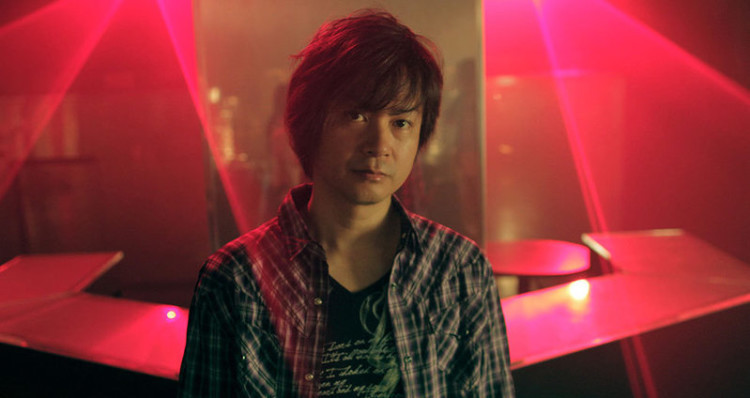 yuzo-koshiro-redbull
yuzo-koshiro-redbull
Exploring the 3DS Port: New Dimensions and Features
This review is based on the 3DS port of Streets of Rage 2, which offers some unique enhancements over the original Mega Drive version. The most notable addition is the optional 3D mode. Surprisingly, Streets of Rage 2 translates exceptionally well to 3D, adding a new layer of depth to the visuals. Players can choose between “inward” and “pop-out” 3D effects, with the former generally being more comfortable for extended play. While 3D is a matter of personal preference, it’s worth trying out in this port as it genuinely enhances the visual presentation.
Another feature carried over to the 3DS is local network multiplayer. While the original Mega Drive version supported two players with ease, the 3DS requires two consoles and two copies of the game for co-op play. However, the local multiplayer functionality is reported to be seamless and lag-free, offering a faithful recreation of the classic co-op experience for those willing to invest in the setup.
The 3DS port also includes additional game modes, although they are not as extensive as some other SEGA 3D Classics releases. “Rage Relay” mode allows players to select characters in a specific order, switching to the next character upon death. This adds a strategic element and increased challenge. “Casual Mode,” unlocked after completing the game, provides a one-hit kill experience, which, while simple, can be a fun way to revisit the game with a different perspective.
While these additions are welcome, some may find them less innovative compared to the extra features found in other SEGA 3D Classics titles. Features common to the SEGA 3D Classics series, such as save states, gameplay recording, version selection (Japanese or International), and CRT filter emulation, are also present in this port. However, the absence of online multiplayer and widescreen support remains a point of contention for some players.
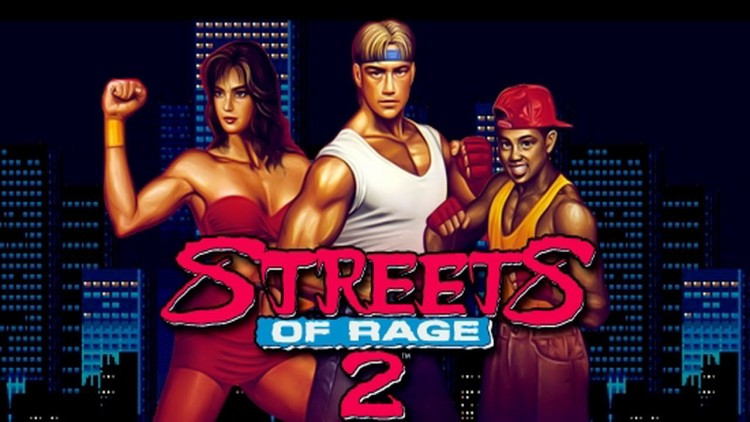 StreetsofRage2Title2
StreetsofRage2Title2
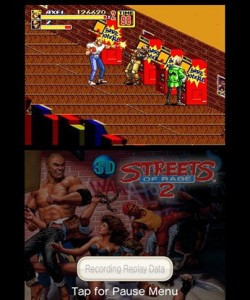 3DStreetsofRageScreen3
3DStreetsofRageScreen3
 3DStreetsofRageScreen2
3DStreetsofRageScreen2
Cooperative gameplay remains a highlight, even in the 3DS port’s local multiplayer mode.
Conclusion: Streets of Rage 2 Endures
Streets of Rage 2 on Mega Drive, even in its 3DS incarnation, is a testament to the enduring appeal of classic beat ’em ups. M2 has delivered a faithful and enhanced port that showcases the game’s timeless qualities. The 3D visuals add a fresh dimension, the soundtrack remains as captivating as ever, and the core gameplay loop is just as addictive today as it was in the 90s. Each character’s distinct fighting style and the satisfying combat mechanics provide a depth that encourages replayability. The visuals, even when upscaled, retain their charm, appearing sharper and more vibrant than on older CRT televisions. Local multiplayer continues to be a blast, provided you have the necessary hardware.
While the extra modes in the 3DS port might not be as groundbreaking as some previous SEGA 3D Classics releases, and the lack of online features is a missed opportunity, these are minor shortcomings in an otherwise excellent package. Streets of Rage 2 remains a quintessential beat ’em up experience and a must-play for fans of the genre and retro gaming enthusiasts alike. It’s a reminder of why the Mega Drive era was so special, and why Streets of Rage 2 holds a cherished place in gaming history.
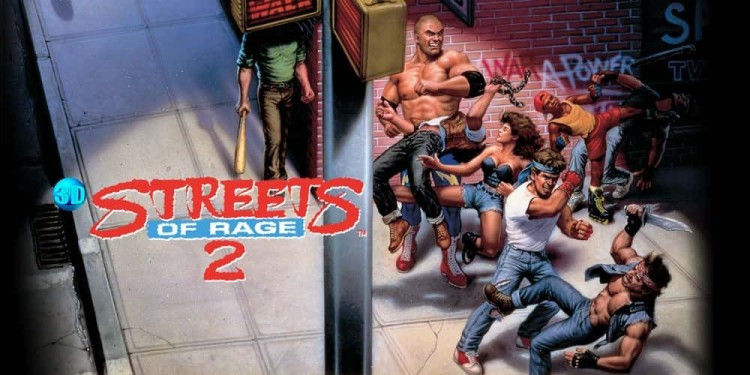 StreetsofRagecoverart
StreetsofRagecoverart
The Verdict:
Positive:
- Timeless single-player and exceptional co-op gameplay.
- Unforgettable and genre-defining soundtrack.
- Distinctive and stylish art that shines in 3D.
- Inclusion of new game modes adds replay value.
Negative:
- Absence of online multiplayer and leaderboards.
- Extra game modes could be more innovative.
- No widescreen support in the 3DS port.
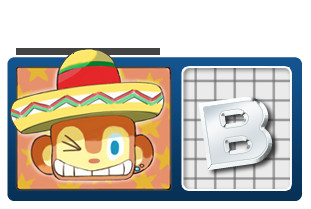 B
B
“Streets of Rage 2 on your 3DS is a must-rebuy, offering enhanced visuals, the classic soundtrack, and addictive beat ’em up action.”
Related Posts:
- Review: 3D Gunstar Heroes (Nintendo 3DS)
- New 3D Sonic the Hedgehog 2 trailer shows off local co-op and new ‘Keep Ring Mode’ gets detailed
- SEGA News Bits: Fantasy Zone turns 30 years old
- Swingin’ Report Show #52: Lost in a Mega Drive World
- SEGA Tunes: Comix Zone’s Road Kill plays Grunge music
Tags: 3D Streets of Rage 2 3DS eShop Genesis Mega Drive Nintendo 3DS Retro Reviews SEGA 3D Classics SEGA Genesis SEGA Mega Drive

